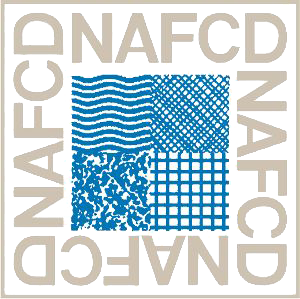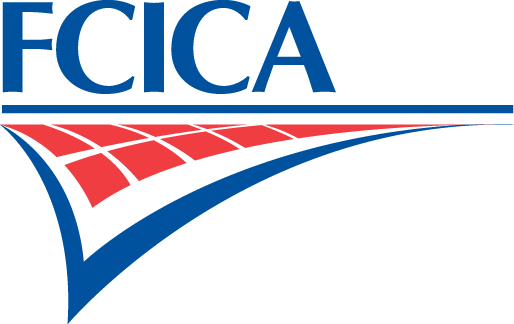The Birth Of Stauf Adhesives
The need for charcoal for the smelting of the iron ore gave rise to a special kind of low-level forestry that enforced alternating cycles of land use between the timber industry and crop cultivation and pasturing. Oak forests and livestock farming constituted the basis for a very distinct leather industry in the Siegerland. Oak bark was peeled from young oak trees planted for logging. After it was dried, it was used as a tanning agent for the leather. The leather industry of Siegen was especially successful as animal hides were imported from overseas to meet the demand for the firm, thick leather being produced. Historical records of the city show that in 1654, Jakob Stauf was working as a bark tanner. Following generations continued in the tanning business till the early 1800's when a depressed economy caused by the Napoleonic wars and the ensuing Continental Blockade halted the importing of animal hides. The resulting depressed economy forced tanner Eberhard Stauf to look for other avenues of income. In 1828, he decided to start recycling remnants from his tannery for the production of glue. All parts of the hides which could not be used for leather production as well as meat scraps scraped off the underside of the hides were sold to the glue makers. Hide glue proved to have a higher strength factor than the more common bone glue. Because of this strategic business decision, Stauf experienced a level of independence from the price policies of the leather industry.
Over the course of the next four decades, Eberhard Stauf continued producing glue using the best technology available. The process included soaking the glue leather in lime milk for 10 weeks, washing it in clean water for 48 hours, then boiling it in big vats until the glue leather was completely melted down. When the liquor reached a glue concentration of 6 to 10%, it was drained and reboiled until it became a 30% concentration. It would then be combined with preservatives and filled into flat rectangular cases. The concentrated glue liquor would then congeal in special cooling rooms and be cut into handy tablets.
After the death of Eberhard Stauf in 1862, his son Wilhelm took the helm of the company. During his tenure, this astute businessman expanded the operations of the glue factory as well as established other ventures that helped increase the financial base from which the company worked. One of his ventures was that of a felt factory which used the hair waste from the animal hides to produce felt.
The process of manufacturing glue from animal scraps hardly changed during this period. The progress that was made concentrated on increased efficiency in the production process. The introduction of steam engines, vacuum evaporators and artificial drying equipment lead to a significant reduction in cycle times. Glue quality, in turn, was improved.
As the century was coming to a close, many other factors were aligning which were to have a dramatic impact on the industries of the Siegerland region. The 20th century would prove to be fit only for the strongest of heart.
A Period Of Survival And Innovation
Economic factors that began in the late 1800's took full effect at the turn of the century. The Siegerland mining and iron/steel industries were heavily challenged by competition from the Ruhr area. Charcoal had ceased being the main fuel for the local blast furnaces which effected the logging and, therefore, the livestock farming businesses. The trickle-down effect was in full operation. Already strained tanneries were forced to import more which made raw materials for the glue factories more difficult to secure.
With Ernst and Richard Stauf controlling operations, Stauf Adhesives faced these challenges that threatened glue factories throughout Germany. Shortage of raw materials and wartime turmoil practically put a stop to any profitable operation of the glue factories and led to the Stauf company being forced to shut down between 1915 and 1920.
The years following World War I were marked by occupation, inflation and devaluation of the Reichsmark. During the 20's and 30's, a time marked with world economic crisis, the glue factories of Germany organized into syndicates which helped them purchase glue leather through an independent agency who allocated raw materials according to set distribution formulas. This move made it possible for the Stauf company to operate along with the few other glue factories of the Siegerland region.
During this period, Richard Stauf's son, Werner Stauf, studied chemistry and conducted experiments with gelatin. At the age of 25, he wrote his thesis on those experiments and received his doctorate from the University of Leipzig. He joined the company in 1930 and worked there until 1939 when a politically forced isolation from international markets led to the shutdown of the Stauf glue factory by administrative order. Prior to the shutdown, Dr. Stauf recognized exactly what the economic indicators were pointing to and felt prompted to experiment with alternative forms of production. During his Christmas break from military duty in 1939, Dr. Werner Stauf conducted experiments trying to extract residual hide glue from abrasive paper and cloth scraps. This large scale test proved to be extremely successful and enabled him to reopen the factory. Between 1941 and 1944, all unused abrasive scrap from all over Germany was recycled in the Siegen factory. A new era in glue manufacturing had begun, one which could not be stopped even in the most extreme circumstances. During two air-raids near the end of World War II, the first on December 18, 1944, and the second on February 1, 1945, the entire production plant as well as the raw material and finished product warehouse were destroyed. All family assets were ruined. The only thing left for a new start was the land where the factory had once stood. Now was the time for innovation to win the victory. After the end of WWII, Dr. Werner Stauf turned his make-shift kitchen into a laboratory and continued his experiments to produce glue from synthetic raw materials. The result was the production of a new glue made from liquid water glass. The invention of the first cold glue called "Viskos" not only created the basis for the reconstruction of the company but also represented the first step into a industry segment, construction adhesives, since this glue could be used for gluing fiber boards to concrete. Because of the success of the "Viskos" cold glue, production of hide glue ceased and the company focused exclusively on the development and production of dispersion adhesives. In 1952, the first dispersion adhesive for parquet flooring was put on the market. The industry confirmed that "Stauf Rapid- M2A" was exactly what they had been waiting for.
In 1962, Helmut Stauf joined the family business and was put in charge of refining the existing adhesive product line. Besides working in the laboratories, he was involved in marketing the products on the national and international markets. This became a period of tremendous growth and rapid expansion of production capacities. This growth also made it possible to continue improvements to the solvent-based "WFR" adhesive product line as well as the "Rapid" dispersion adhesive line. At the end of the 1980s, Helmut Stauf developed two new universally applicable glues, "Rapid M2A-712" and "Rapid M2A-720." These two polyvinyl acetate based dispersions set new standards in user and consumer protection requirements and in product quality. They remain the benchmarks for all company developments today.
The Move From Siegen To Wilnsdorf
In the mid 1990s, company management was faced with the need to expand without any options to do so at the location in the city of Siegen where the company had existed since its conception. A location was found in Wilnsdorf, and in early 1998, approval was granted for land purchase and planning began. In August of the same year, Helmut Stauf unexpectedly passed away. His successors were left in charge of business operations and the monumental task of moving the company to new facilities.
In October of 1998, Siegrid and Wolfgang Stauf were appointed managing directors of the company. Their focus was to continue the development and introduction of new technologies, broaden the product range and establish more international distribution channels. An emphasis on developing new products and quality assurance was reinforced with the doubling of laboratory personnel. This continued focused effort allowed the Stauf company to continue on a growth and development course even while going through the relocation process.
Construction began on the state-of-the-art production plant after a ground breaking ceremony on March 5, 2002. At this time, Volker Stauf became Managing Director and helped lead the company through the building process. The first adhesive was produced at the new facilities in October of that year. Production ran parallel in Siegen and Wilnsdorf until December 16, 2002, when the final production cycle was completed at the Siegen plant.
Stauf USA LLC Founded In The USA
In June of 2002, Stauf USA LLC was established by Wolfgang Stauf. An idea of bringing German technology that was first recognized by his father, the late Helmut Stauf, during his tenure with Stauf Germany. Wolfgang Stauf brought that vision to life. By positioning the company with American direction and German ingenuity, Stauf USA was readily welcomed and has seen unprecedented growth even during the worst recession the United States has undergone in more than a half century. Vision to bring new ideas and innovation in flooring adhesive technology has found a firm foothold in the American market. Establishing life long relationships through distribution partnerships has been an integral part of making, the European dominate producer, into one of America's most trusted brands of flooring adhesive. Positioning the company in Memphis, TN, has lent itself to one of the best logistical supported cities in America.
This has ensured timely delivery and warehousing to support all of the distribution demands in today's economy.


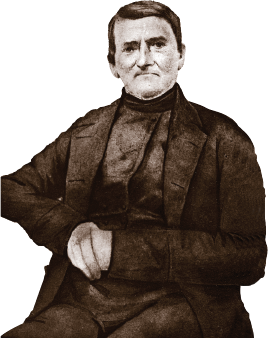
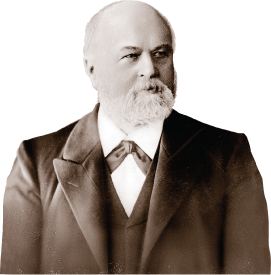
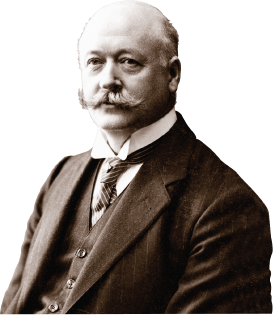
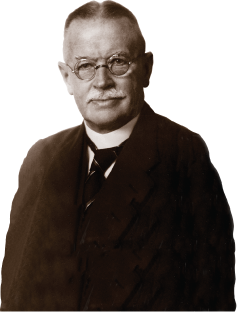

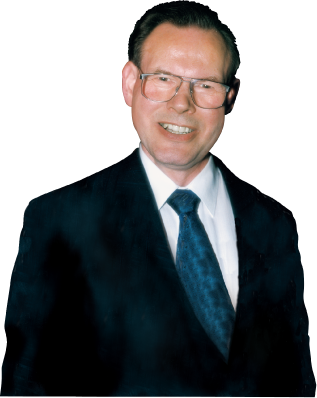
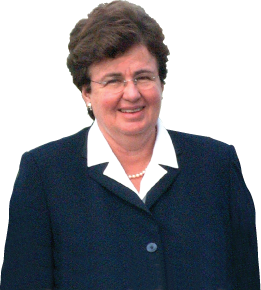
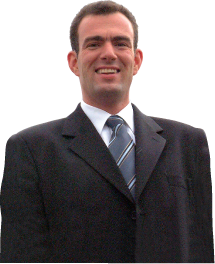
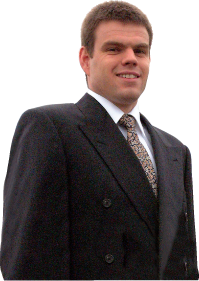
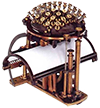 Typewriter
Typewriter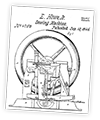 Sewing Machine
Sewing Machine Telephone
Telephone Automobile
Automobile Coca-Cola
Coca-Cola Gas Motored Airplane
Gas Motored Airplane E=MC2
E=MC2 Mechanical Television
Mechanical Television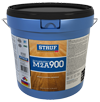 M2A Adhesive line introduced
M2A Adhesive line introduced WFR Adhesive line introduced
WFR Adhesive line introduced 




